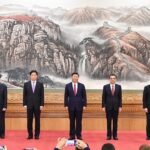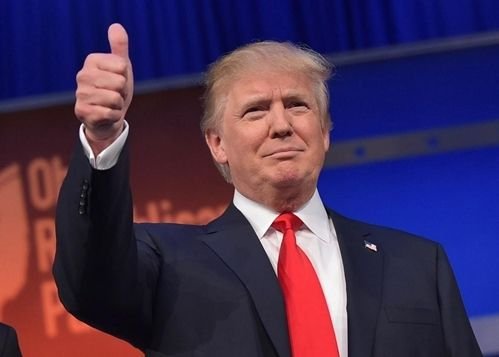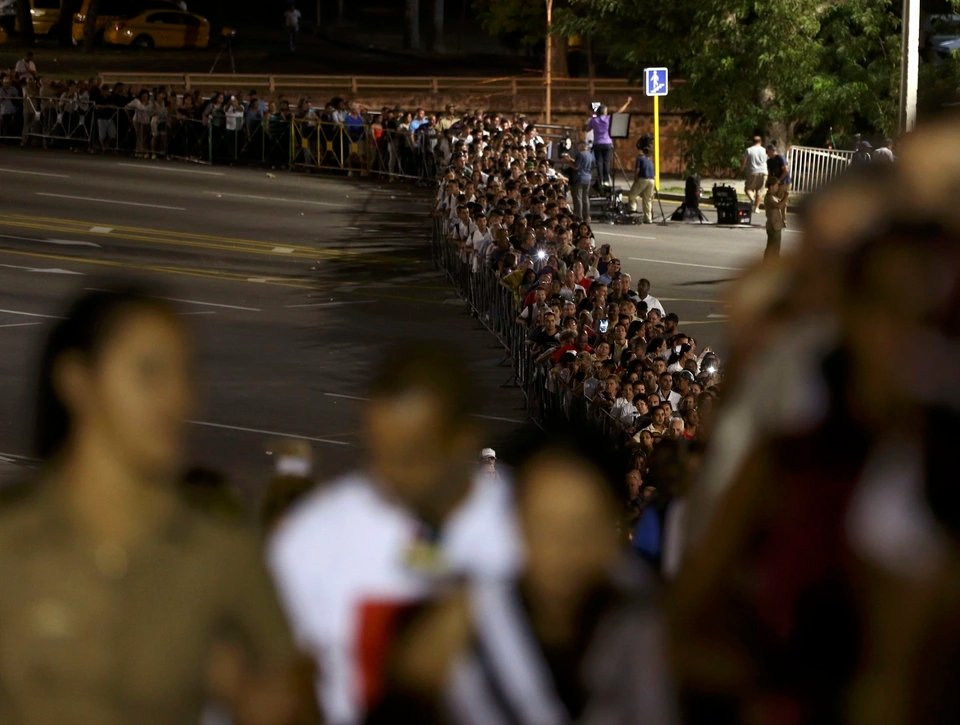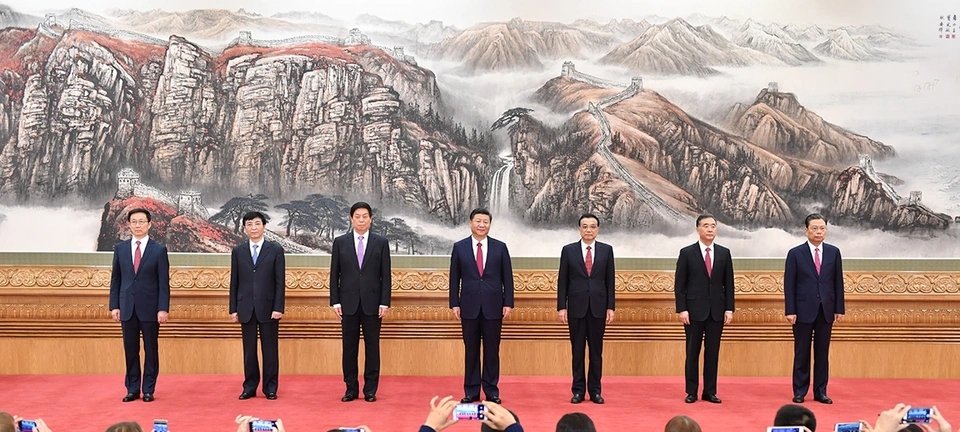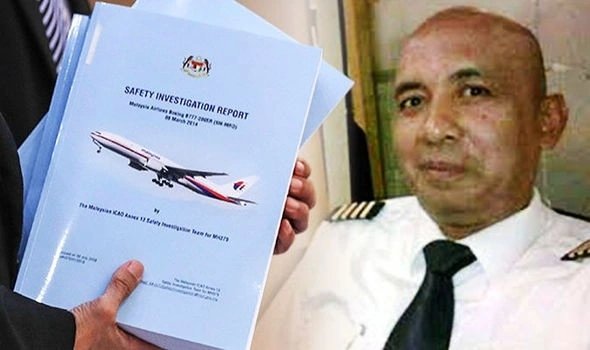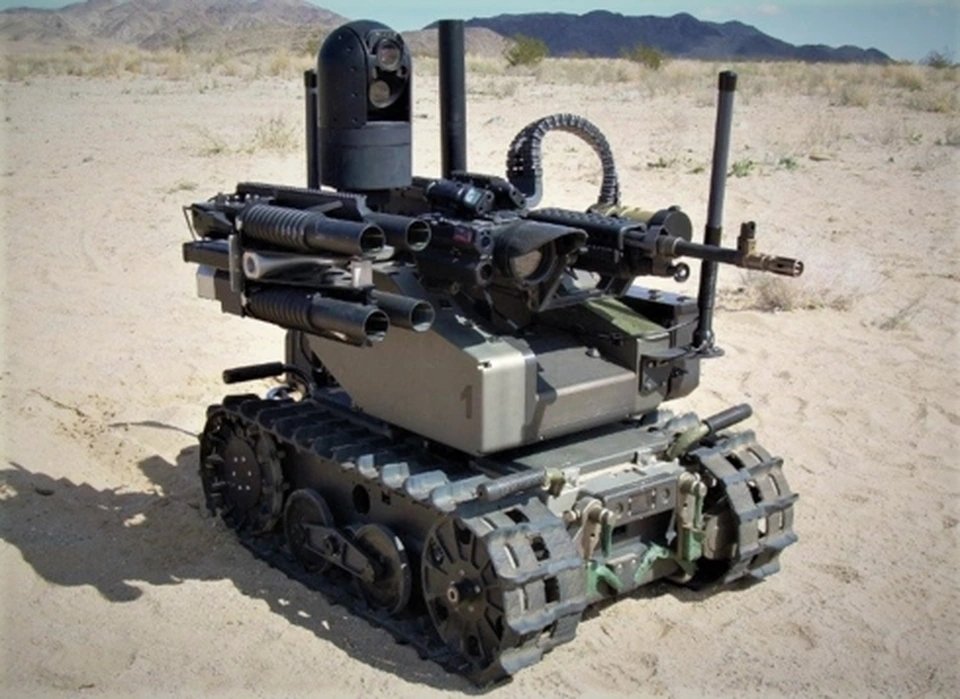Donald Trump’s continued success reveals the division and deadlock in the Republican Party.
Speaking in Washington at a meeting of Republican donors and state governors on February 19, Mr. Karl Rove presented a bleak outlook.
Mr. Rove, who was the chief strategist for former President George W. Bush’s election campaign, warned that Donald Trump’s increasing chances of becoming the Republican Party’s election representative will have dire consequences.
But Mr. Rove also insisted that it is not too late to stop billionaire Trump, the New York Times quoted three people present in the meeting as saying.
The next morning, at another meeting of Republican governors, Maine Governor Paul R. LePage called for action.
He believes that Mr. Trump winning the right to represent the Republican Party will deeply affect this party.
And so Mr. Trump gained more and more support, with victories in the primary elections in two states, and the announcement of support from New Jersey Governor Chris Christie.
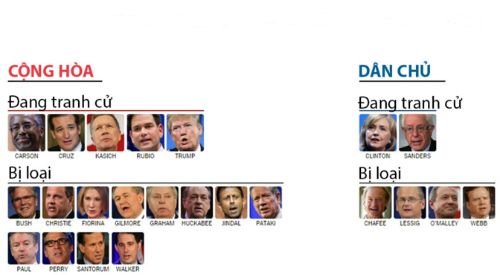
Candidates running for US president in 2016. Graphic: NYTimes
Deadlock
Many Republicans have publicly called for the party to unite behind a single candidate.
Efforts to unite the running candidates, to rally support for one person, have failed.
At least two candidates running for office have drafted a plan to join forces to attack Trump, while the Republican majority leader in the Senate, Mitch McConnell, plans to lobby lawmakers to turn their backs on the tycoon.
However, despite all the attempts to stand in Mr. Trump’s way, interviews show that the Republican Party is stuck in deadlock due to indecision, commented the New York Times.
Donors are afraid of consequences if they confront the billionaire directly.
The fact that Governor Christie, a not very bright person but still very respected in the Republican leadership, announced his support for Donald Trump over the weekend was a fatal blow to efforts to stop this candidate.
In fact, just a few hours after Mr. Christie announced his support for billionaire Trump, Governor Paul LePage declared on a radio station that Mr. Trump could become `one of the greatest American presidents.`
Former Utah governor Michael O. Leavitt, Mr. Romney’s top adviser during the 2012 presidential campaign, affirmed that the Republican party cannot unite into a front to repel Mr. Trump’s campaign.
`There is no mechanism,` Mr. Leavitt said.
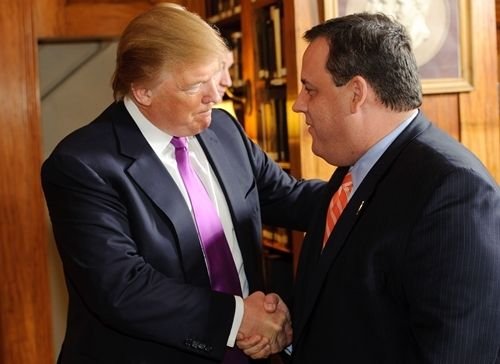
Governor Christie (right), who was in the 2016 US presidential race, publicly supported Donald Trump last week.
Passive and divisive
Republican members all painfully admitted that they had to face the current situation largely because of their own passivity.
Last fall, strategists Alex Castellanos and Gail Gitcho, veterans of US presidential campaigns, contacted dozens of top Republican donors, including billionaires.
`We want voters to envision Donald Trump sitting in the Oval Office in the Big Chair, with responsibility for handling global confrontations,` the memo said.
These two strategists proposed attacking Trump in New Hampshire for his business failures, along with his previous liberal views.
The Republican Party’s most important donors still oppose Mr. Trump.
American Future Fund, a conservative group, on February 26, announced plans to publish ads criticizing Mr. Trump for the billionaire’s role in an education company accused of deceiving students.
See more: How the 2016 White House race unfolded
Meanwhile, a group of senior leaders in the Republican party began to make conciliatory statements with Donald Trump.
Fred Malek, finance chairman of the Republican Governors Association, said the mainstream faction in the party had simply `reached the limit.`
`There is no leader, no organization that can make a divided group like the Republican Party unite and support a single candidate,` Malek asserted.

